For mums who are new to pumping, one of the first things to consider when starting is finding the right flange size. Most breast pumps come in a wide variety of flange sizes, and sometimes, you may be tempted to make a rough guess on which one fits you the most. However, the size of the flange can make all the difference in how much milk you produce and how comfortable the experience is. This flange size guide will walk you through the steps of measuring your flange size so you can ensure a successful pumping experience.
What Is a Flange and Why Does Its Size Matter?
The flange or breast shield is the funnel-shaped piece of breast pump that fits directly over the nipple. It forms a vacuum seal around the areola to create the necessary suction to extract milk. Since nipples vary in size, breast flanges should be tailored to every individual to ensure a proper, more comfortable fit.
A correctly sized flange allows the nipple to move freely within the tunnel without rubbing or pinching, which helps to prevent nipple discomfort or damage. Additionally, when the fit is right, the breast pump can generate enough suction to draw out milk effectively, reducing the time spent pumping and helping you express a sufficient amount of milk in each session.
Related: How to Clean Breast Pump Flanges?
How Do You Find The Perfect Flange Size For Your Needs
To identify the right flange size for you, the first step is to measure your nipple. Keep in mind that you may need different flange sizes for each breast, so it’s best to get the individual measurements for both nipples. Here are two ways to measure your nipple size:
Method 1: Using a Ruler
-
Hold the ruler over your nipple at a perpendicular angle. The 0 scale should be aligned with the base of your nipple. Do not include the areola (pigmented area around the nipple) in the measurement.
-
Get the millimetres between the base (starting from 0) and the top of the nipple.
 Method 2: Using a Nipple Measurement Card
Method 2: Using a Nipple Measurement Card
-
Gently insert your nipple into the holes, starting with a larger size and working your way down to a hole that fits snugly around the base of your nipple. The correct hole should fit around the nipple without squeezing it.
-
Note down the corresponding measurement.
Mumilk’s Breast Pump Flange Size Chart
Mumilk breast pumps come with two flange sizes upon purchase: 24mm and 27mm. However, if you need a smaller size, you can get a flange insert for a better and more comfortable fit. Because nipple size can fluctuate when pumping due to swelling or changes in blood flow, it’s recommended to size up and choose a flange 1 to 3mm larger than your measurement to ensure a more comfortable fit.
|
Nipple Measurement |
Recommended Size |
What Should I Purchase |
|
10-11mm |
13mm |
|
|
11-13mm |
15mm |
|
|
13-15mm |
17mm |
|
|
15-17mm |
19mm |
|
|
17-20mm |
21mm |
|
|
21-23mm |
24mm |
Included in the Mumilk breast pump |
|
24-26mm |
27mm |
Included in the Mumilk breast pump |
Note: Every mum is unique. While this breast pump flange size guide works for many, it’s essential to pay attention to your own comfort and milk output. If you experience discomfort or issues with milk output despite following the chart, consider consulting a lactation specialist to ensure you’re using the best size for your individual needs.
How Will You Know When A Breast Pump Flange Fits Properly?
To determine if your breast pump flange fits properly, you can perform the COMFY test, which assesses precise flange sizing and comfort during pumping.

-
Centre nipples should move freely within the tunnel.
Nipples shouldn’t rub against the sides of the tunnel during pumping. If the nipple is pressed against the sides, the flange may be too small.
-
Only a small portion of the areola should be pulled into the tunnel.
Only a small part of the areola should be drawn into the flange. If too much areola is pulled in, it could indicate that the flange is too large.
-
Motion of the breast should be gentle and rhythmic during pumping.
The pumping action should feel smooth, with gentle and rhythmic breast motion. If suction is weak or inconsistent, it could be a sign that the breast shield size is incorrect, leading to air leaks and reduced milk output.
-
It should feel comfortable.
Pumping shouldn’t cause any pain, discomfort, or tenderness.
-
It should yield well-drained breasts.
Your breasts should feel softer and lighter after each pumping session.
What Happens When You Use The Wrong Flange Size?
Using the wrong flange size goes beyond just discomfort. It can also affect your milk output and overall pumping efficiency. An ill-fitting flange won’t provide adequate suction, which can lessen how much milk you can express. When you’re not pumping enough milk, your body may produce less over time, leading to a reduced milk supply over time.
The Bottomline
The flange may just be a small component of the breast pump, but its importance cannot be overstated. A properly fitting flange ensures not only comfort during pumping but also maximises milk output by creating adequate suction. Take the time to measure and choose the correct flange size to ensure a comfortable and effective pumping experience for you and your little one.
For a smooth pumping experience, Mumilk’s wearable breast pumps offer a range of flange inserts and adjustable settings to ensure optimal comfort and milk expression. Designed with convenience and efficiency in mind, these pumps allow you to customise your setup and ensure the right fit for your unique needs. Whether you’re at home or on the go, Mumilk’s breast pumps provide flexibility and ease to help you maintain your milk supply without compromising comfort.
FAQ
1. Will my flange size change?
Your body changes after pregnancy, so it’s possible that your flange size also changes over time. Additionally, breasts tend to soften around six weeks postpartum as they adjust to the amount of milk needed. Pay attention to how you feel during pumping and replace your flanges if any discomfort occurs.
2. What happens if the breast flange is too small or too big?
A flange that’s too small can pinch and rub against the nipple, causing nipple pain or soreness. The friction from the flange tunnel may cause irritation or even cracks and blisters on the nipple. Additionally, it can cause constricted breast tissue, which may result in clogged milk ducts and reduced milk flow.
On the other hand, a flange that’s too large won’t provide adequate suction, leading to poor milk extraction. Using a large breast flange may also pull in too much of the areola, which can cause cracks and blisters and make it harder to maintain a proper seal, further reducing pumping efficiency.
3. Does flange size affect milk output?
Yes, flange size directly impacts milk output. A well-fitting flange helps create optimal suction for efficient milk extraction. If the flange size is incorrect, it can reduce milk flow, making it harder to express the necessary amount of milk.
4. Is it better to size up or down in flange size?
Generally, it’s recommended to size up with a flange 1 to 3mm larger than your nipple measurement to accommodate the changing length and stretch of the nipple when pumping.
5. Why do my nipples swell when I pump?
It’s not unusual for nipples to increase in size during pumping or breastfeeding. However, if you notice a significant increase in nipple size, it may be due to a high suction level or incorrect flange size. A flange that’s too small can cause constriction and swelling, while too much suction can increase blood flow to the nipples, which can lead to temporary swelling.
6. What size flange is most common?
The most common flange size is 24mm, which is also what comes with Mumilk breast pump kits. However, it’s important to measure your nipple size to determine the best fit for your unique needs, as smaller or larger flanges may be necessary.




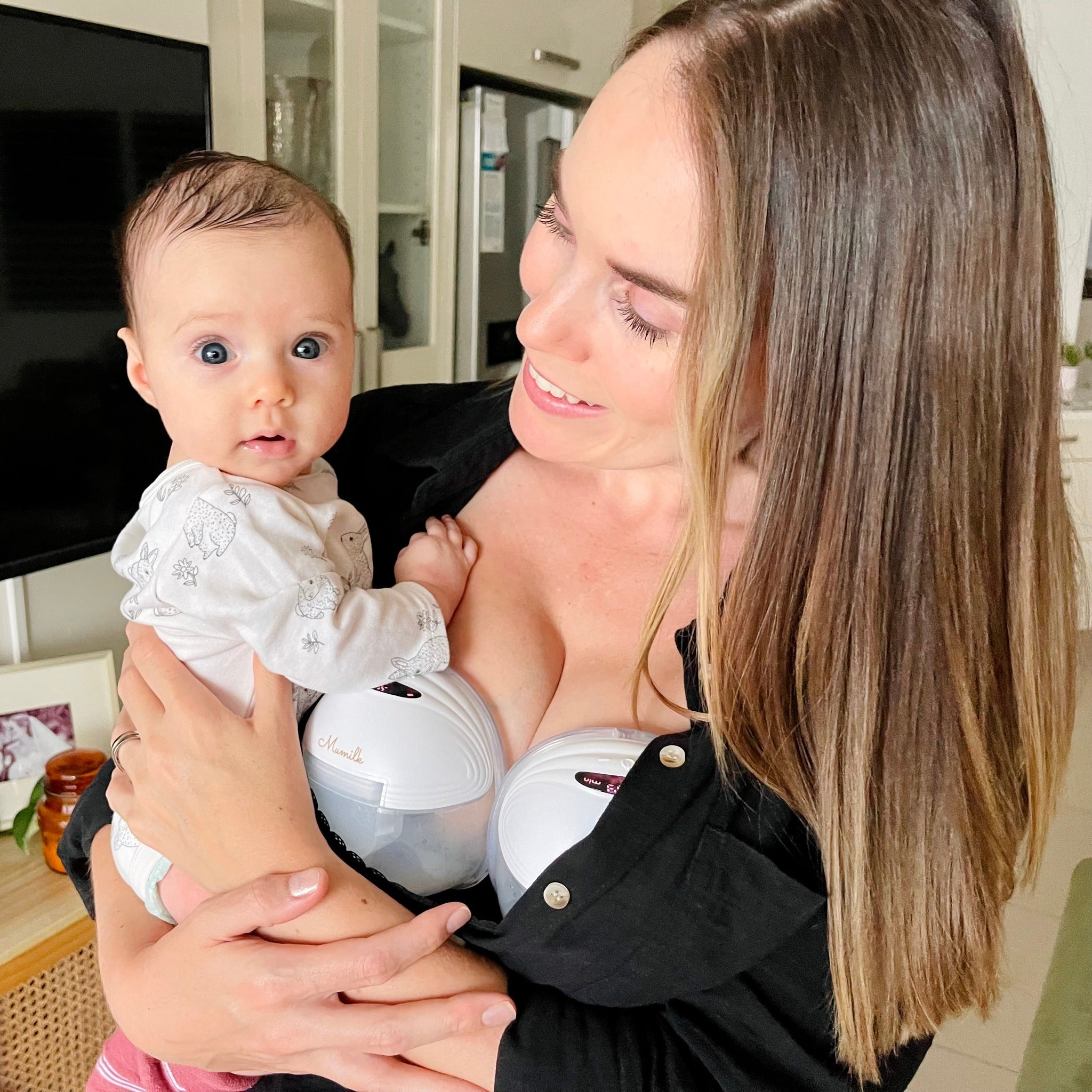
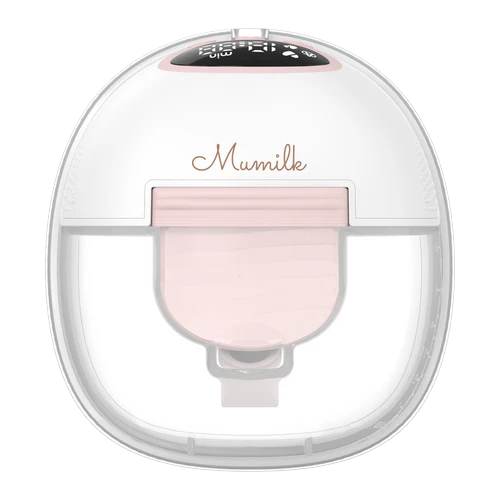
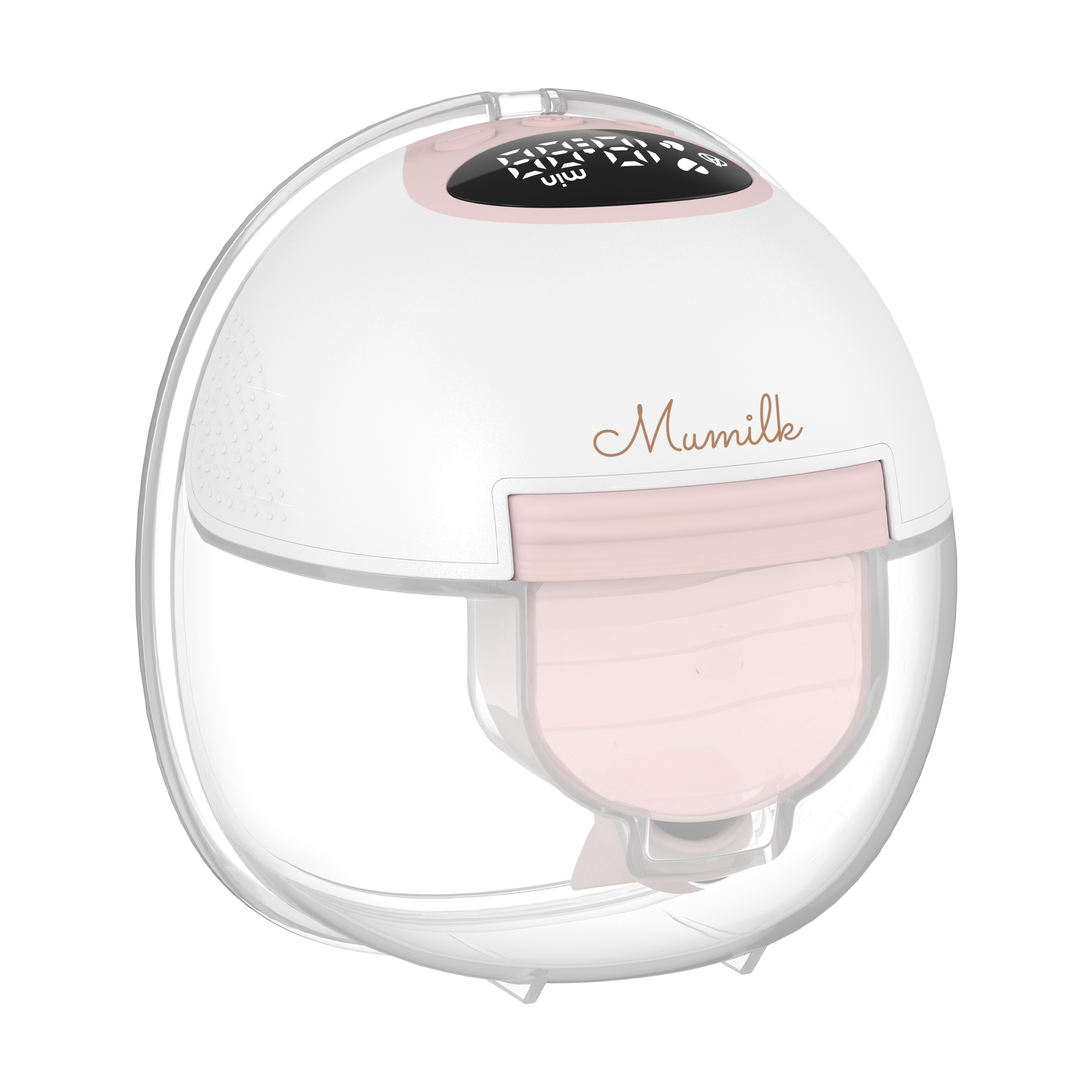
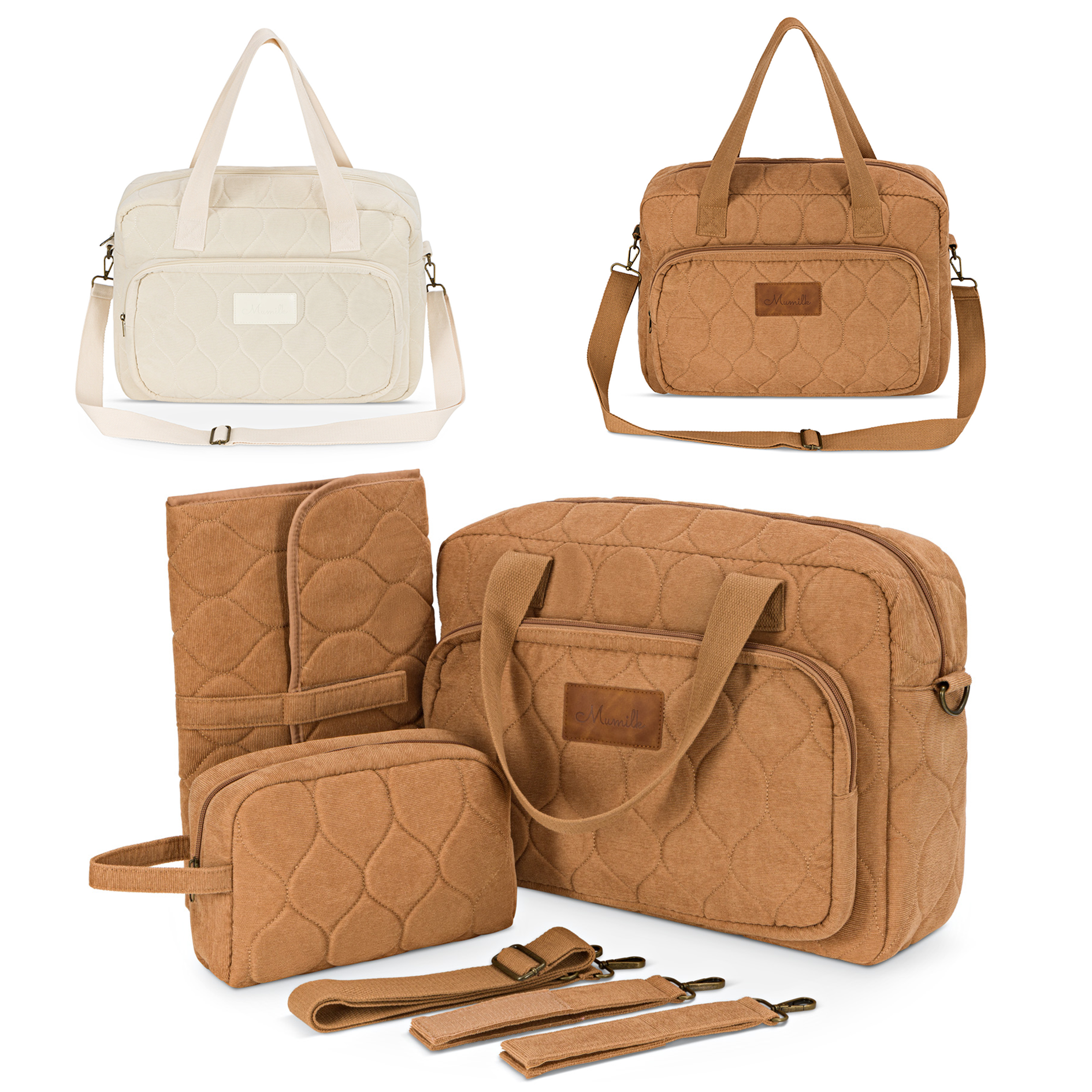
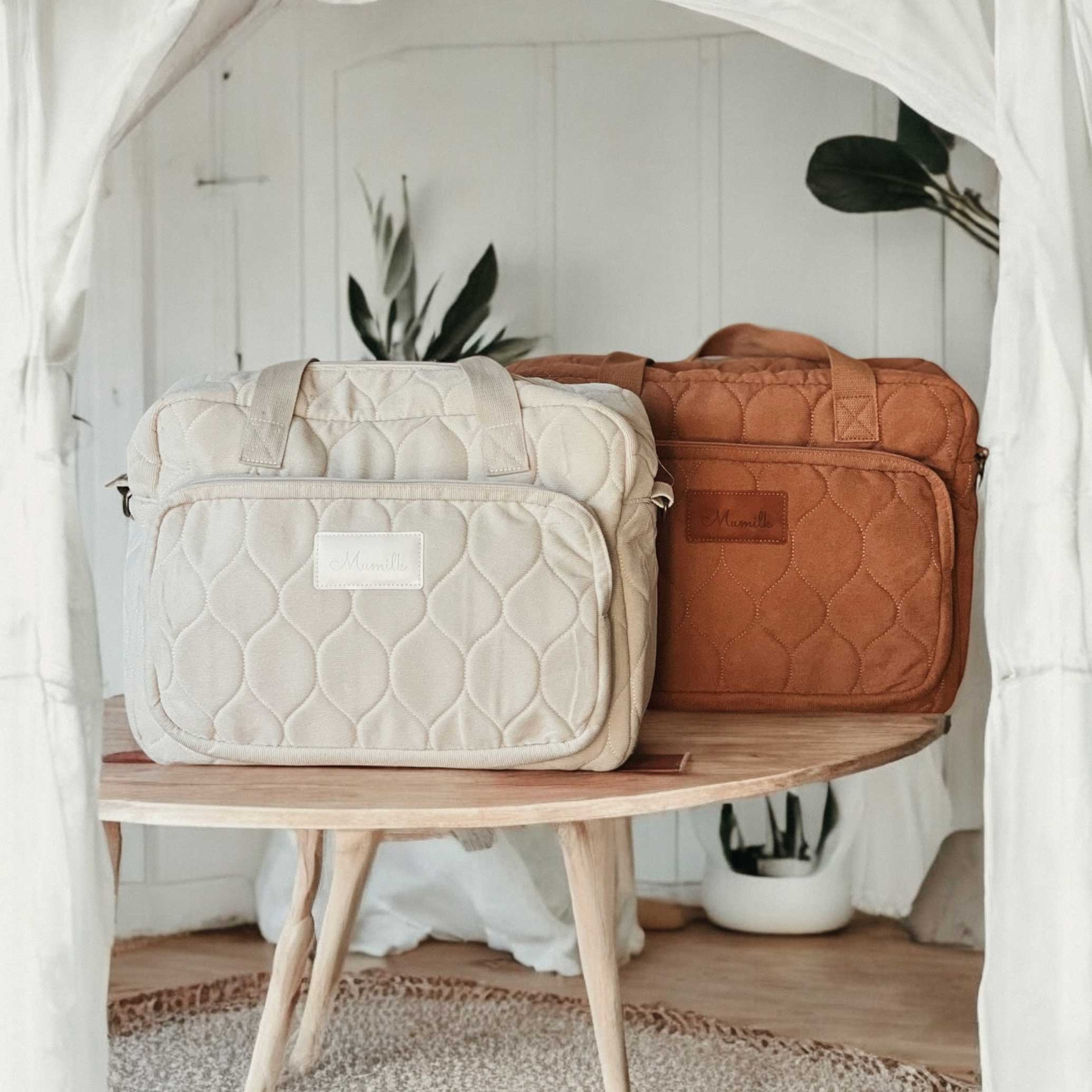
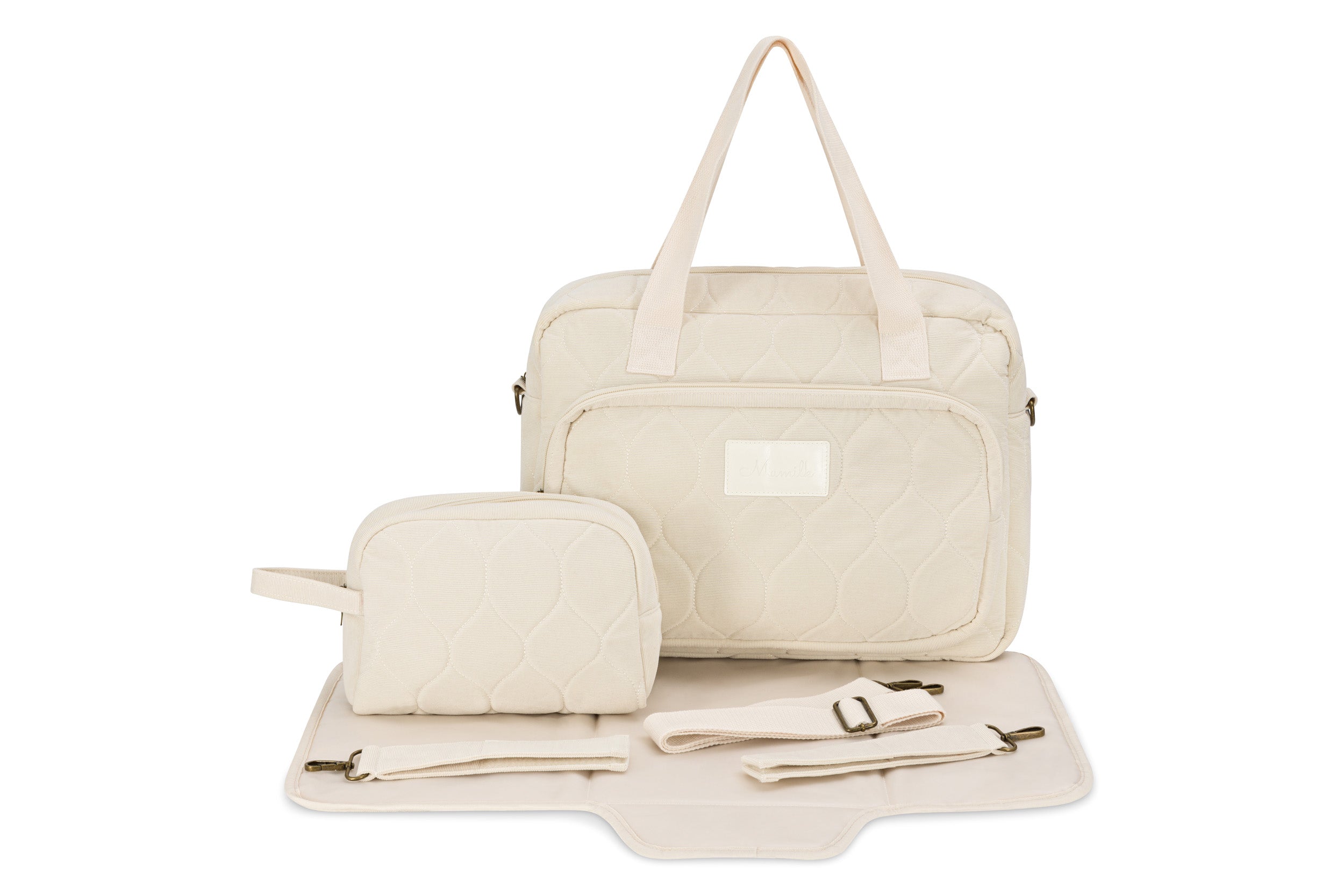
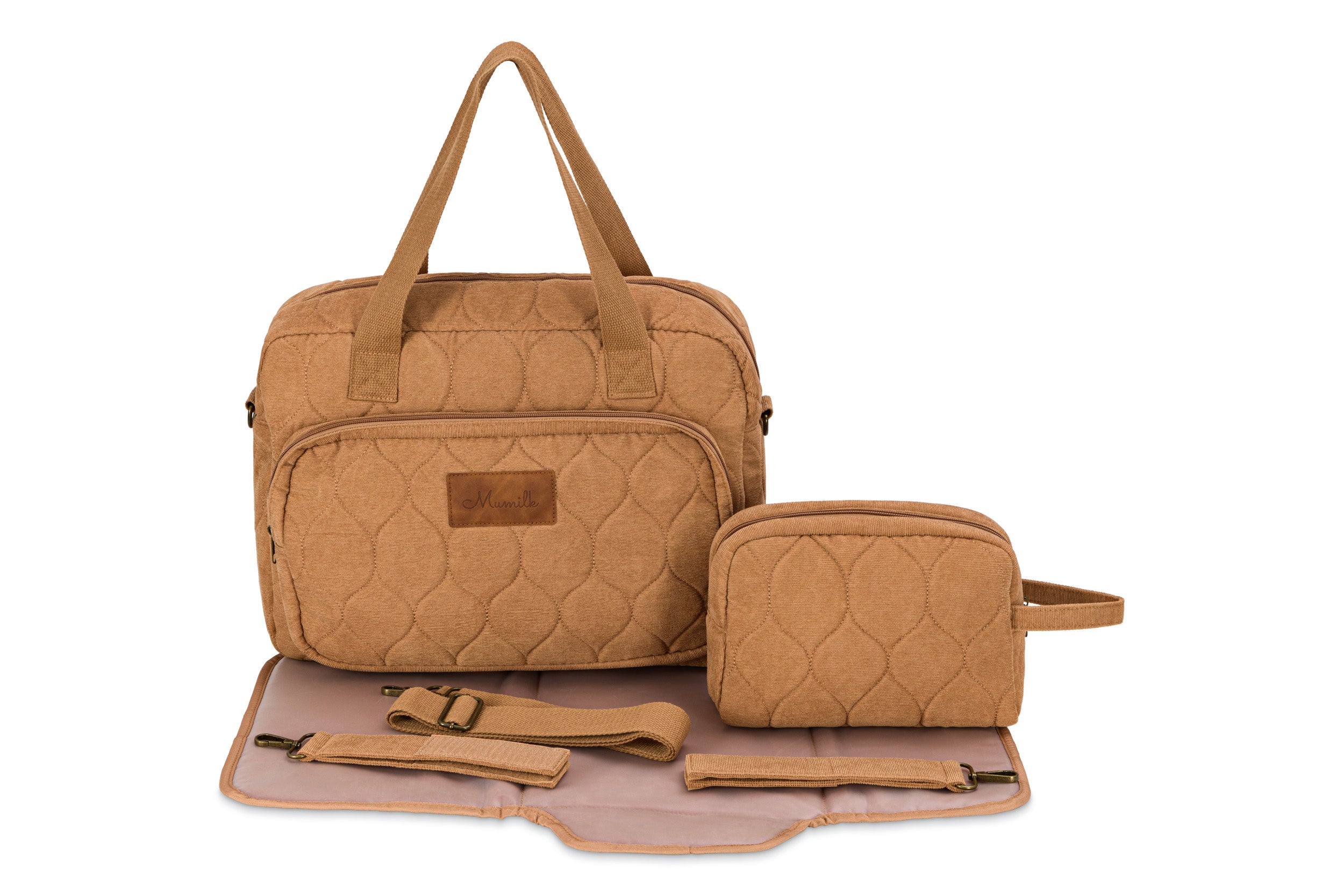
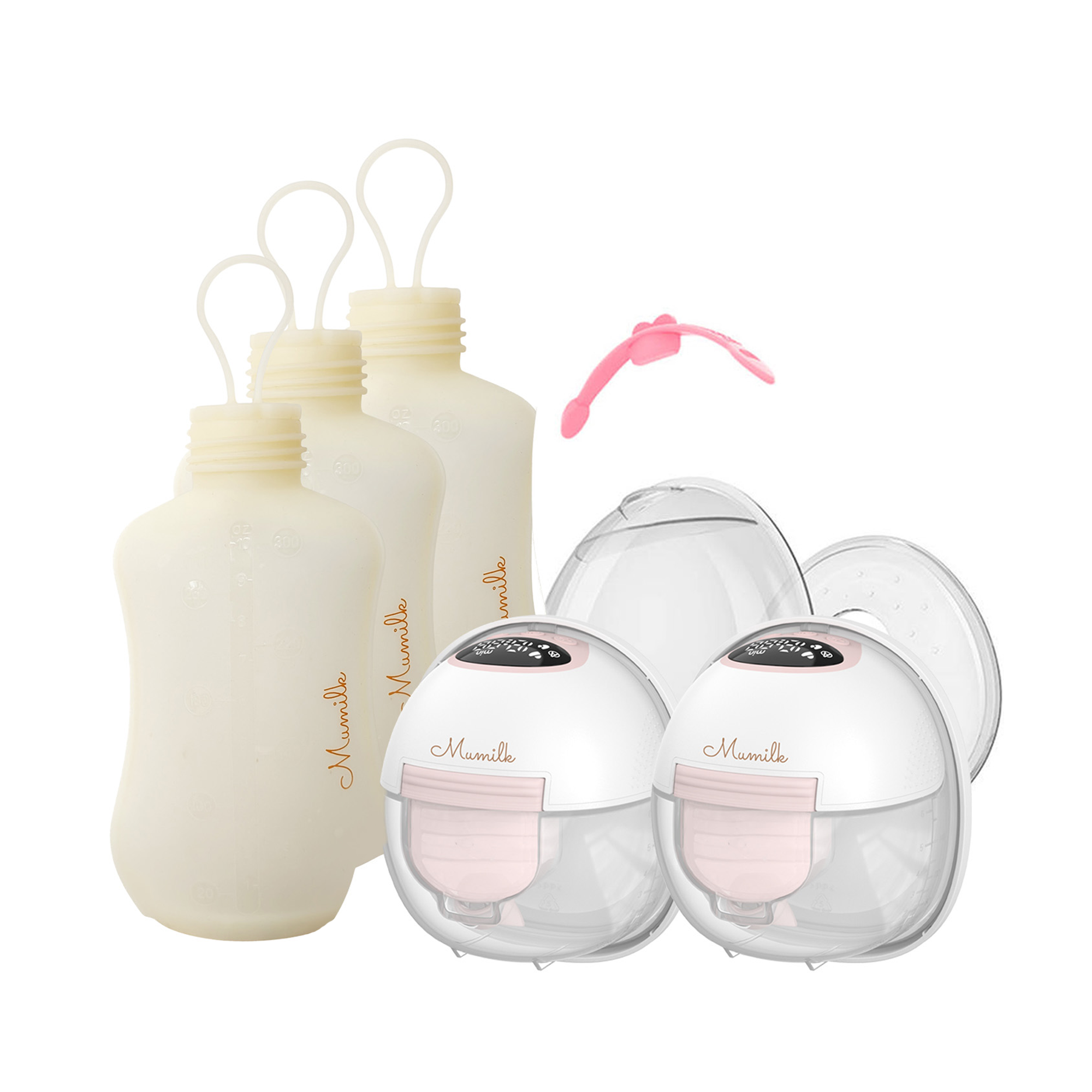
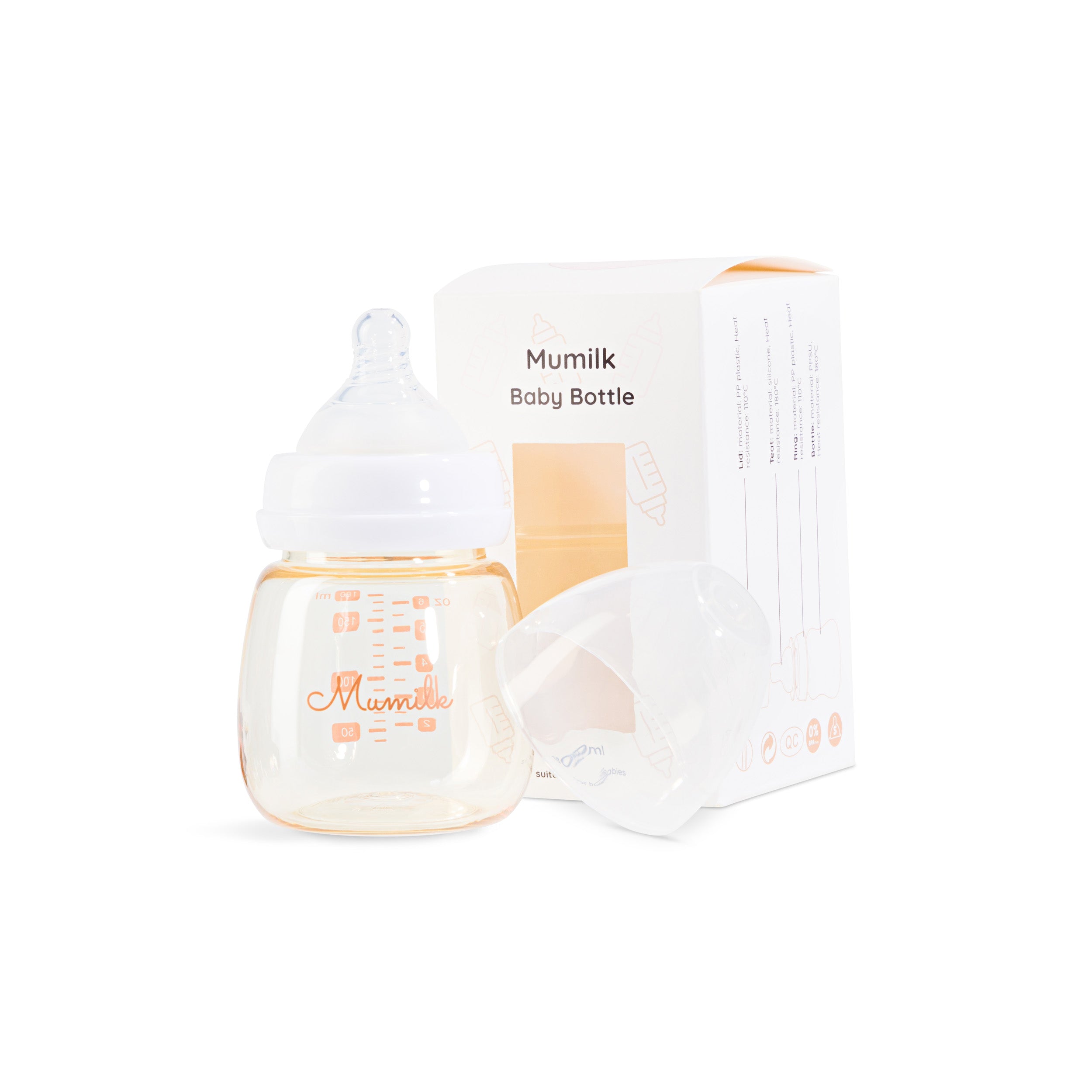
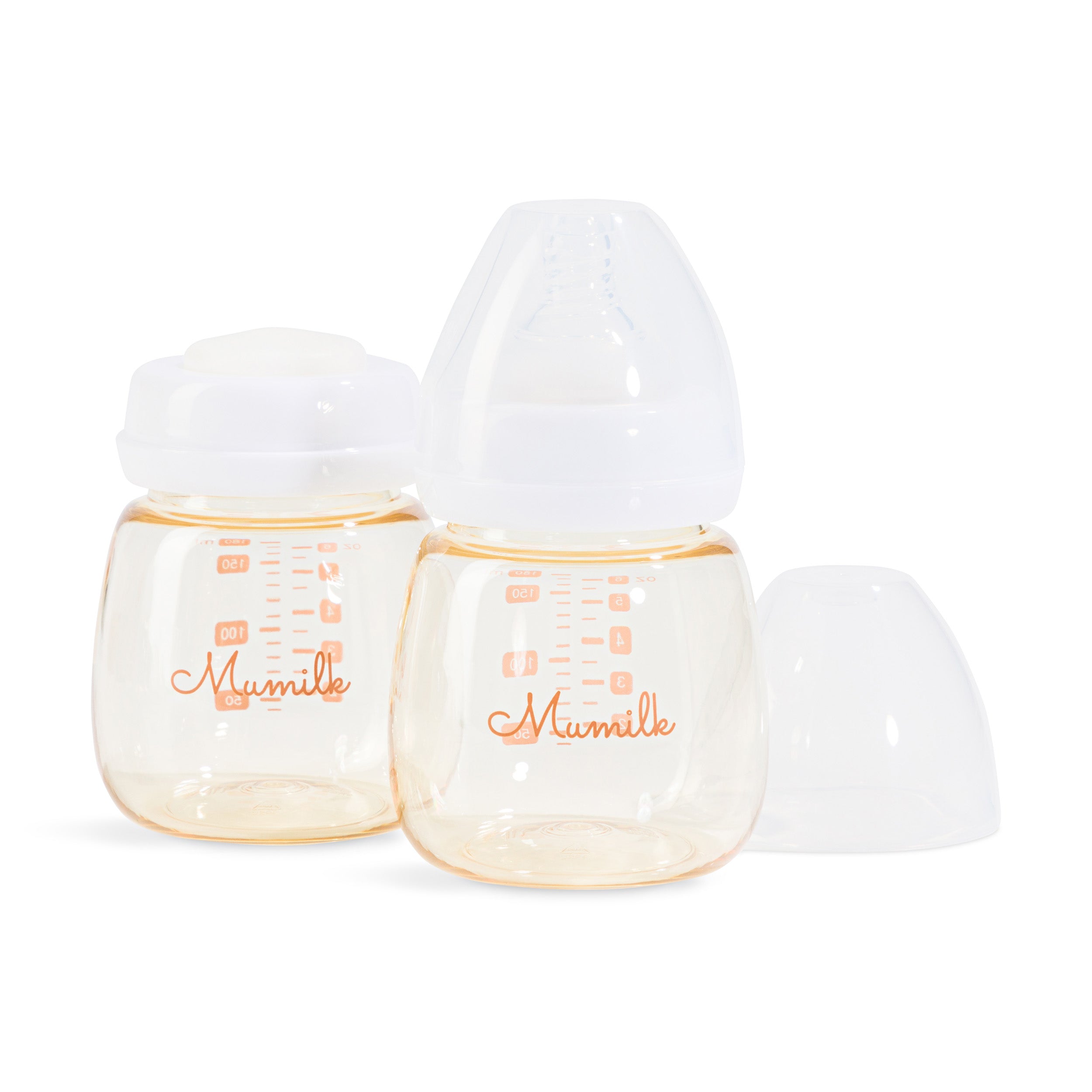
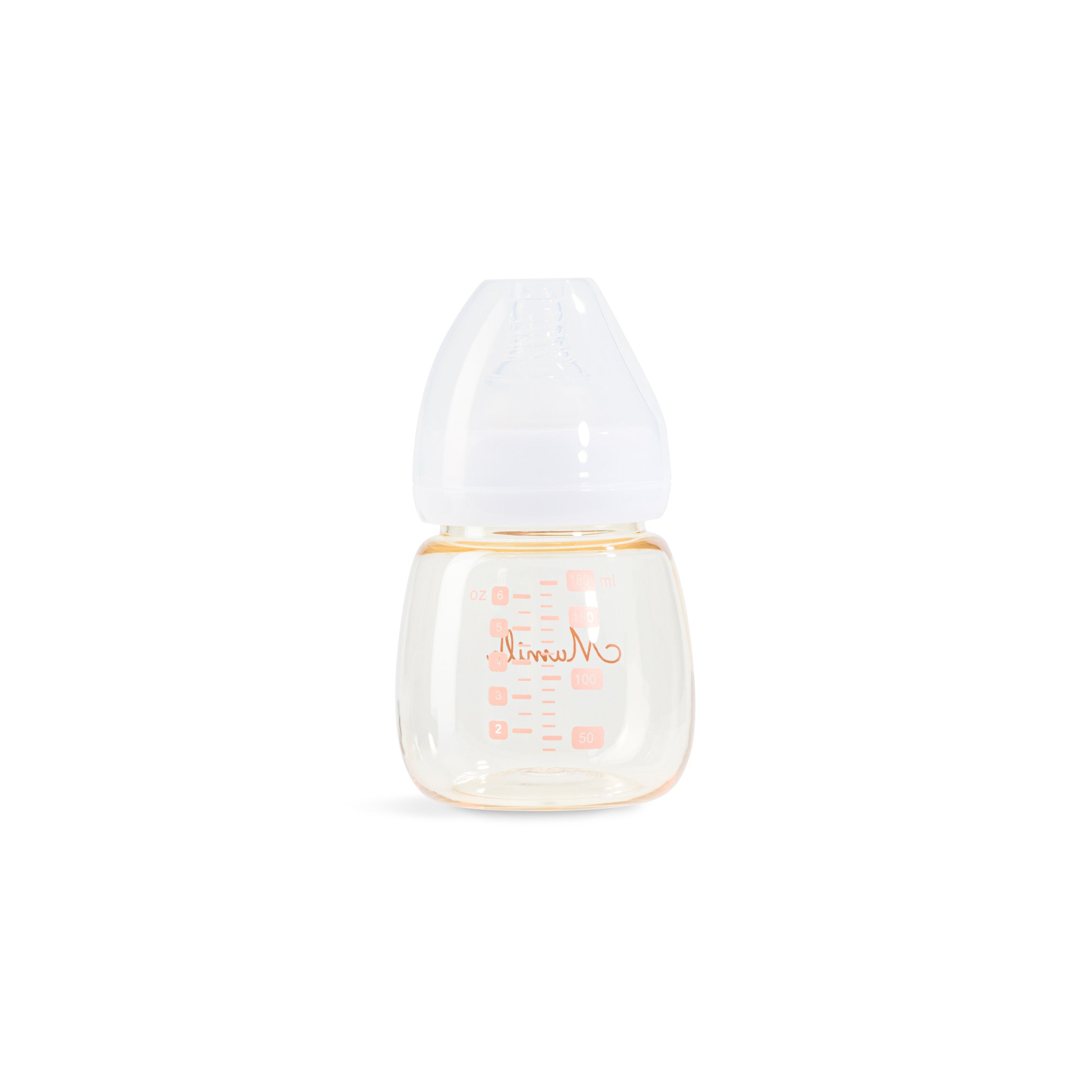
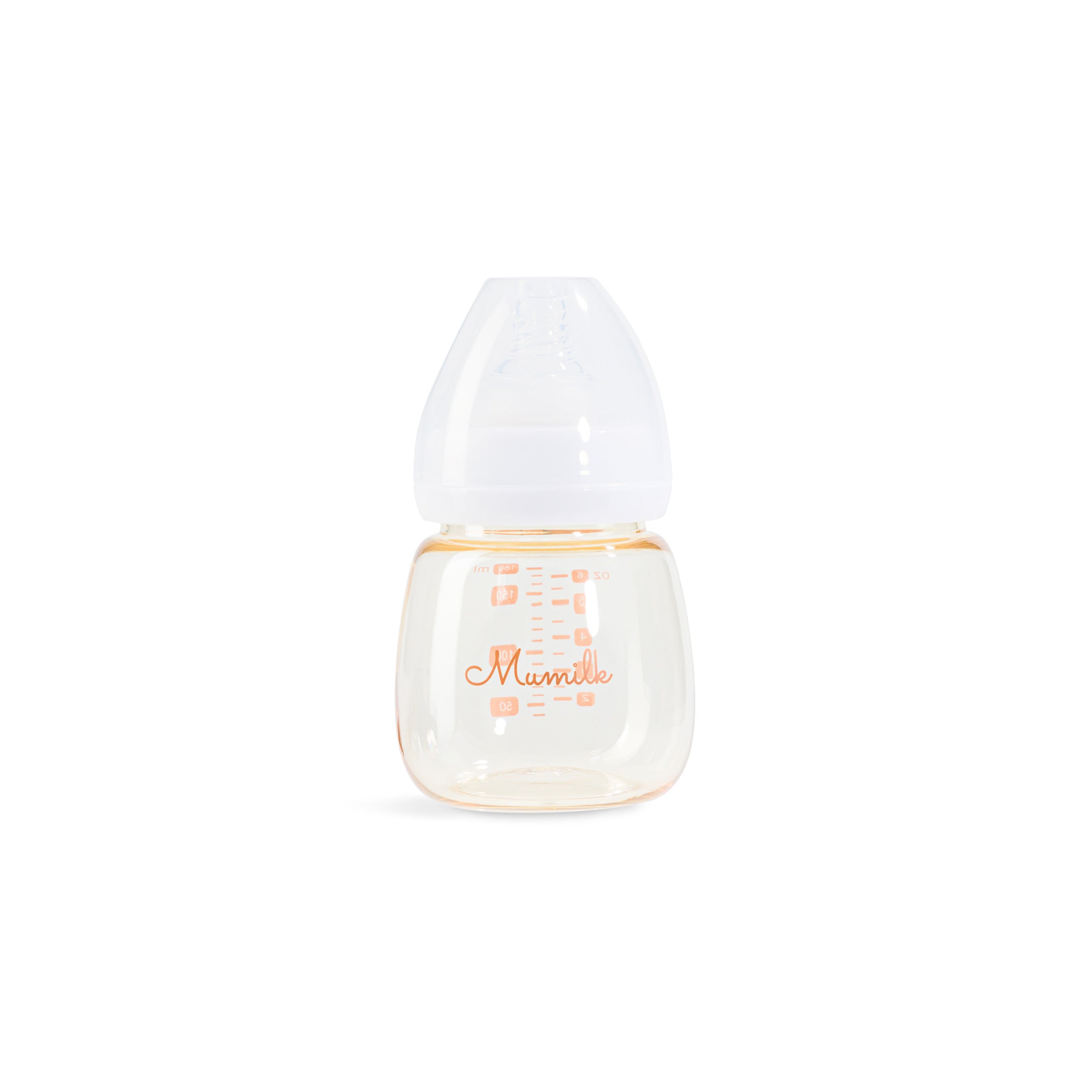
Share:
How to Clean Breast Pump Flange? (Step-by-Step Guide)
How to Clean Breast Pump Flange? (Step-by-Step Guide)